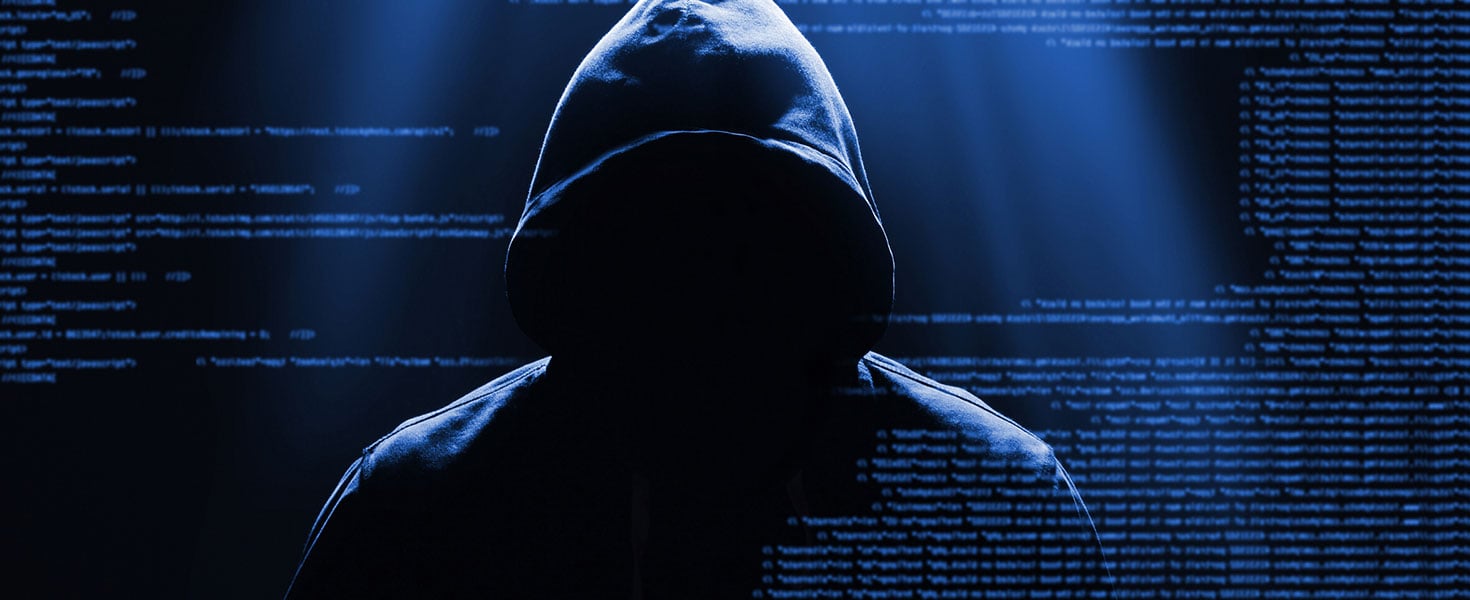What to Do if Your Social Security Number is on the Dark Web
Action, steps, and resources


With identity theft unfortunately becoming more frequent, many Americans may learn that some of their personal information is for sale on the dark web, which is deep, dangerous, and intentionally hidden from the general public. Having your Social Security number on the dark web leaves you vulnerable to identify theft. In fact, according to Javelin Strategy & Research, identity fraud cases amounted to $28 billion and impacted 27 million Americans in 2021. There are some simple actions you can take to protect your identity and pocketbook from this national “identity crisis."

Freeze your credit
When your Social Security number is available on the dark web, it gives cybercriminals the ability to open credit accounts in your name. In other words, someone other than you can take out personal loans, apply for credit cards, or open other financial accounts under your name. One way to make sure people don’t have access to your credit is to freeze it. When you freeze your credit, you prevent fraudsters from accessing your credit file.
Under federal law, you can freeze (and unfreeze) your credit with the three major credit bureaus— Experian, TransUnion, and Equifax—for free.
It's important to note that freezing your credit prevents anyone—including you—from opening new accounts. If you decide to freeze your credit, make sure you understand the process to unfreeze it, so you can access your credit, when necessary, like when you need to buy a new car.

Keep a close watch on your credit cards
After your Social Security number is plastered on the dark web, opening new accounts in your name isn’t the only thing you have to worry about. Fraudsters can use your Social Security number and other personal information they find on the web to impersonate you and to gain access to your credit cards. Once someone gains access to your credit card, they can begin piling on the charges. If you’re not closely monitoring your credit card activity, the charges can quickly get out of hand.
Many companies offer credit monitoring plans that help combat credit-card hacking. For example, AAA offers ProtectMyID, a complementary credit monitoring service for all AAA members. Signing up for a credit monitoring service can help you keep your identify safe, while giving you peace of mind.
Another way to monitor your credit cards is to sign up for alerts. Most creditors will send you an alert when a purchase has been made or a payment is due. These notifications can help you keep track of your credit card transactions at all times.

Sign up for a social security account
Establishing a my Social Security account is another way to monitor the use of your Social Security number. This type of account lets you track and manage your current benefits, including checking if anyone has filed a claim. By keeping tabs on your Social Security benefits, you can ensure no one is getting what is yours.
Keep in mind—there is no foolproof way to know if someone is using your Social Security number. So, while a Social Security account can help protect your benefits, it doesn’t safeguard the number itself.

Look at your credit report
Every American is entitled to a complementary copy of their credit report annually. You can get your copy at Annual CreditReport.com. You should review your credit report every year so you can spot any suspicious activity that you didn’t initiate, such as new accounts or lines of credit.
Report fraudulent activity
Unfortunately, no matter how hard you try to protect your identity, a cybercriminal may still successfully open an account under your name. In this case, you will need to report this activity immediately.
If you think you’re a victim of identity theft, first contact the IRS and the Federal Trade Commission. You will also want to let your credit card companies know your identify has been compromised.
